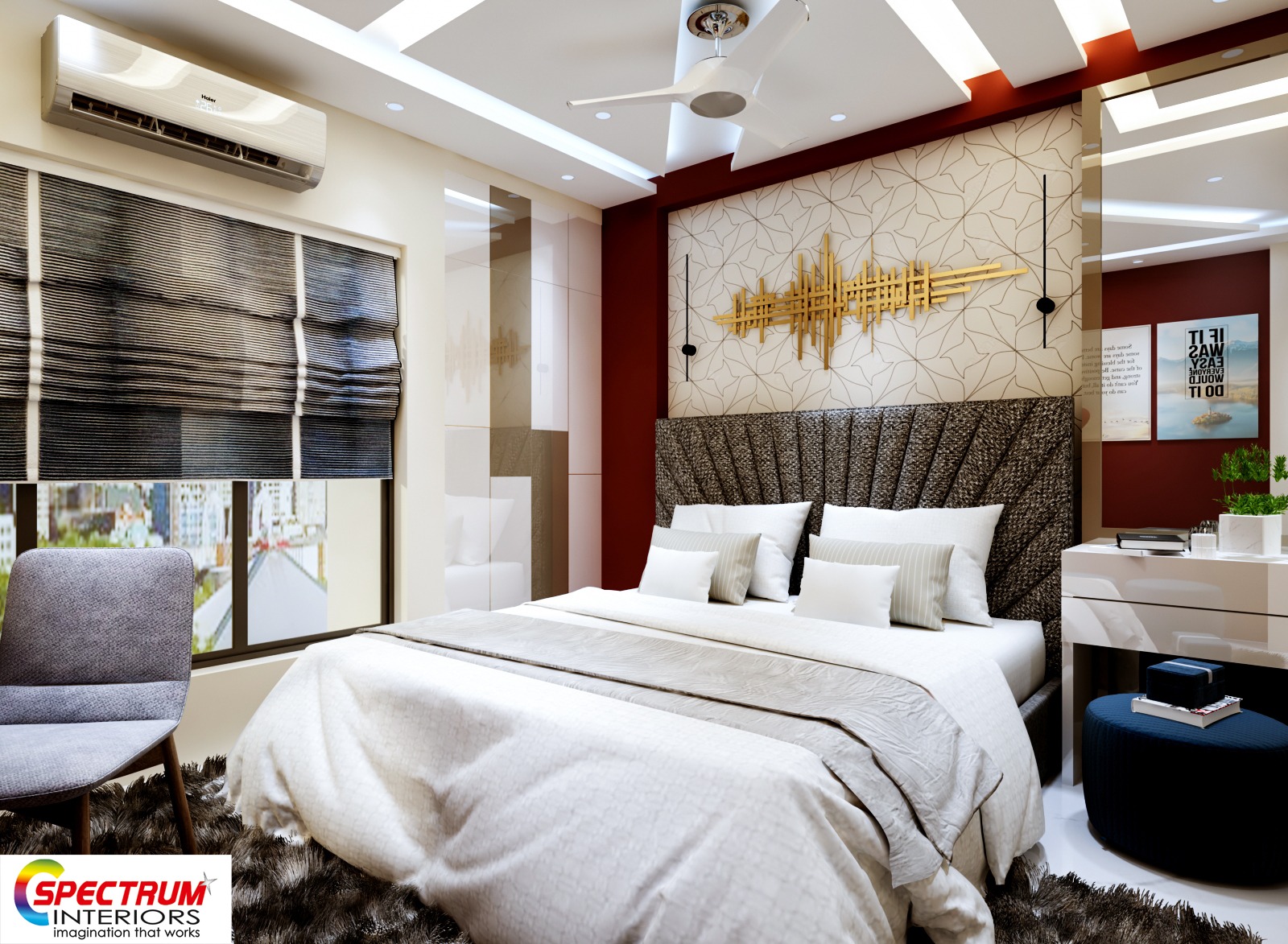Transform Your Home With Crucial Principles of Interior Decoration and Aesthetics
By understanding the influence of shade theory and the importance of appearance and patterns, one can produce areas that are not only aesthetically enticing yet likewise deeply personal. Attaining this balance includes even more than mere decoration; it incorporates a calculated arrangement and an eager understanding of how each component communicates within a space.
Recognizing Color Concept
Color concept is a fundamental facet of indoor design that dramatically influences state of mind, understanding, and general aesthetic. Recognizing the principles of shade theory enables designers to create rooms that resonate psychologically with residents while meeting functional demands (luxury interior design). Shades can be categorized into 3 primary kinds: primary, secondary, and tertiary. Each category plays an essential function in developing harmony within a space.
The mental influence of colors is profound; warm colors such as reds and oranges stimulate power and heat, while cool tones like blues and eco-friendlies advertise peace and peace. The usage of complementary colors improves aesthetic rate of interest, producing striking contrasts that can boost a space's allure.
Neutral colors, on the various other hand, work as a flexible backdrop, enabling other style elements to shine. It is necessary to take into consideration factors such as lighting and the room's purpose when selecting a shade scheme, as these can modify the assumption of shades throughout the day.
Eventually, a well-considered shade plan can change a room, cultivating a feeling of convenience and style that aligns with the residents' choices. Proficiency of color theory is, as a result, a vital skill for any kind of indoor designer aiming to create harmonious and inviting settings.
Attaining Equilibrium in Layout
Exactly how can developers achieve a feeling of stability in their rooms? Attaining balance in design is basic to producing unified insides. Designers can utilize 3 main types of equilibrium: in proportion, asymmetrical, and radial. Symmetrical equilibrium involves arranging components uniformly around a central factor, cultivating a sense of order and peace. This kind typically includes sets of furniture or art work, improving aesthetic stability.
Unbalanced balance, on the various other hand, depends on differing components that still accomplish a natural look. This strategy allows for more vibrant and informal plans, providing rate of interest while maintaining balance. By very carefully selecting differing dimensions, colors, and structures, developers can create a visually engaging space that feels well balanced yet energetic.
Radial balance highlights a central centerpiece with aspects emitting outward. This style is generally seen in round designs, where furniture and design produce a cohesive surround that draws the eye inward.
Eventually, accomplishing balance needs thoughtful consideration of range, proportion, and the relationships in between components. interior design firms. By skillfully using these equilibrium concepts, developers can change spaces into environments that really feel both cosmetically pleasing and functionally unified, improving the overall experience for residents
Significance of Spatial Understanding

A keen sense of spatial recognition permits developers to identify focal points within a room, directing the customer's focus to vital attributes while keeping a total feeling of unity. It also aids in the strategic placement of lighting, which can drastically influence the understanding of space and mood. Additionally, understanding spatial relationships enables the designer to deal with the details demands of residents, making sure that each area offers its intended objective without compromising appearances.
Inevitably, spatial you could try this out recognition is vital for maximizing the potential of any interior room. By meticulously thinking about the interplay in between dimensions, layout, and function, developers can produce environments that not just satisfy practical demands but also stimulate a sense of convenience and appeal, enhancing the general living experience.
Incorporating Texture and Patterns
Welcoming a diverse variety of structures and patterns can significantly improve the aesthetic and tactile allure of an interior room. The tactical usage of various products-- such as timber, metal, material, and rock-- produces deepness and interest, making a space really feel more welcoming and dynamic. For instance, combining smooth surface areas with rough textures can establish a balance that draws the eye and engages the detects.
When integrating patterns, think about both scale and repetition. Large patterns can act as prime focus, while smaller, refined styles can complement other aspects without overwhelming the room. Layering patterns, such as pairing floral pillows with striped tosses, adds intricacy and a feeling of consistency if performed thoughtfully.
It is also essential to preserve a natural shade combination, guaranteeing that appearances and patterns collaborate rather than complete for attention. By picking a few vital structures and patterns, you can produce a combined visual that mirrors your individual style while enhancing the overall setting of the space. Ultimately, the mindful incorporation of these components can transform an ordinary room into an advanced environment rich with personality and warmth.
Individualizing Your Room
Producing a room that mirrors your character is crucial to Resources achieving a genuinely inviting setting. Customization in interior decoration enables you to instill your special style and passions into your home, changing it from a simple shelter right into a sanctuary that speaks with who you are. Begin by picking a color palette that reverberates with your emotions-- strong shades can energize, while soft tones use serenity.
Incorporate artwork and decor that show your interests, whether it be travel, nature, or abstract principles. Displaying individual collections, such as books, photos, or keepsakes, can evoke treasured memories and create focal factors within an area. Additionally, take into consideration customizing practical items, like upholstered furniture, to line up with your visual preferences.

Verdict
In verdict, the makeover of a home via the essential concepts of interior decoration and appearance necessitates a detailed understanding of color theory, balance, spatial understanding, appearance, and personalization. Each component adds considerably to producing an unified and useful living setting - luxury interior design. By thoughtfully integrating these principles, individuals can improve the visual charm and emotional resonance of their areas, ultimately fostering a home that shows special identifications while supplying convenience and functionality